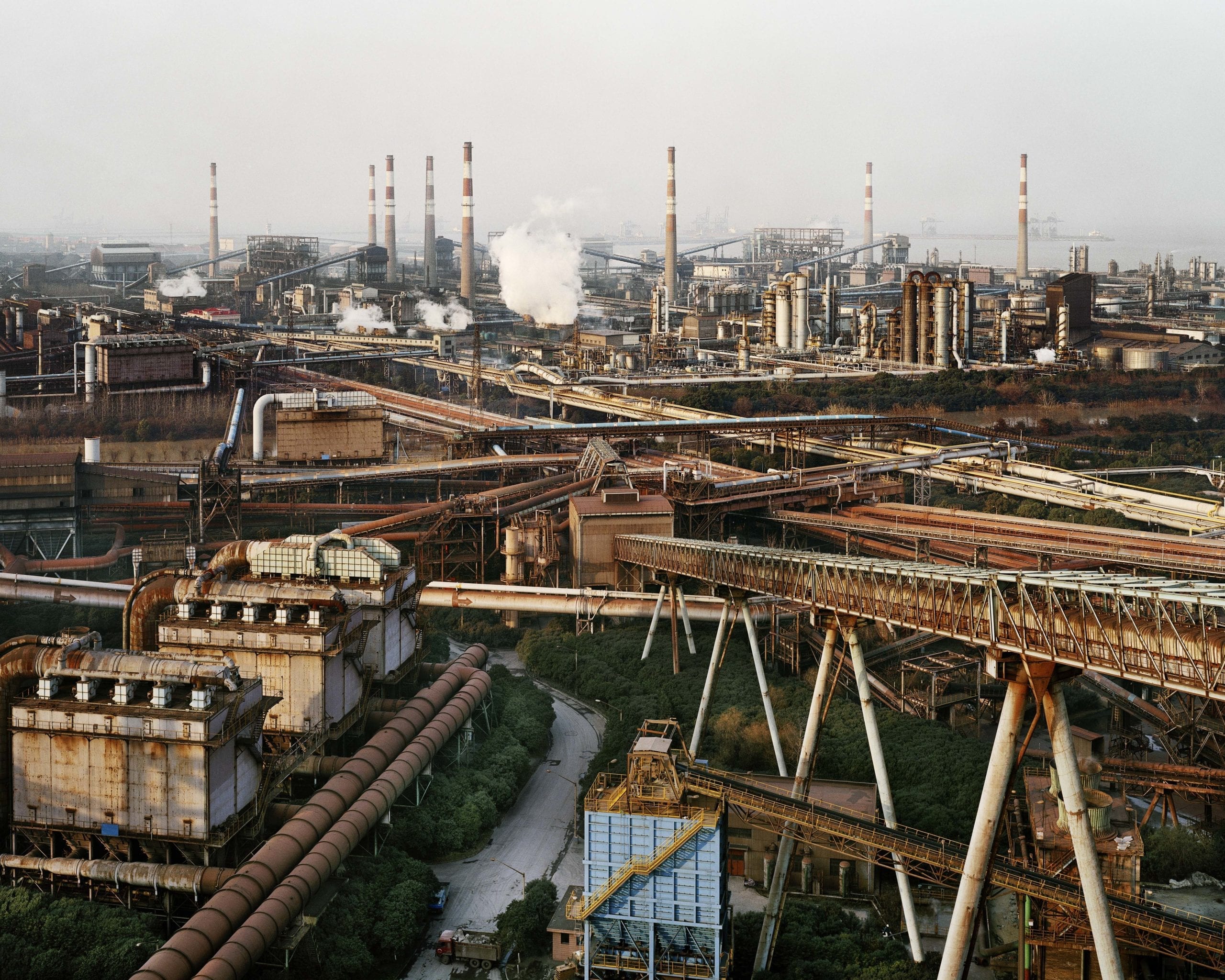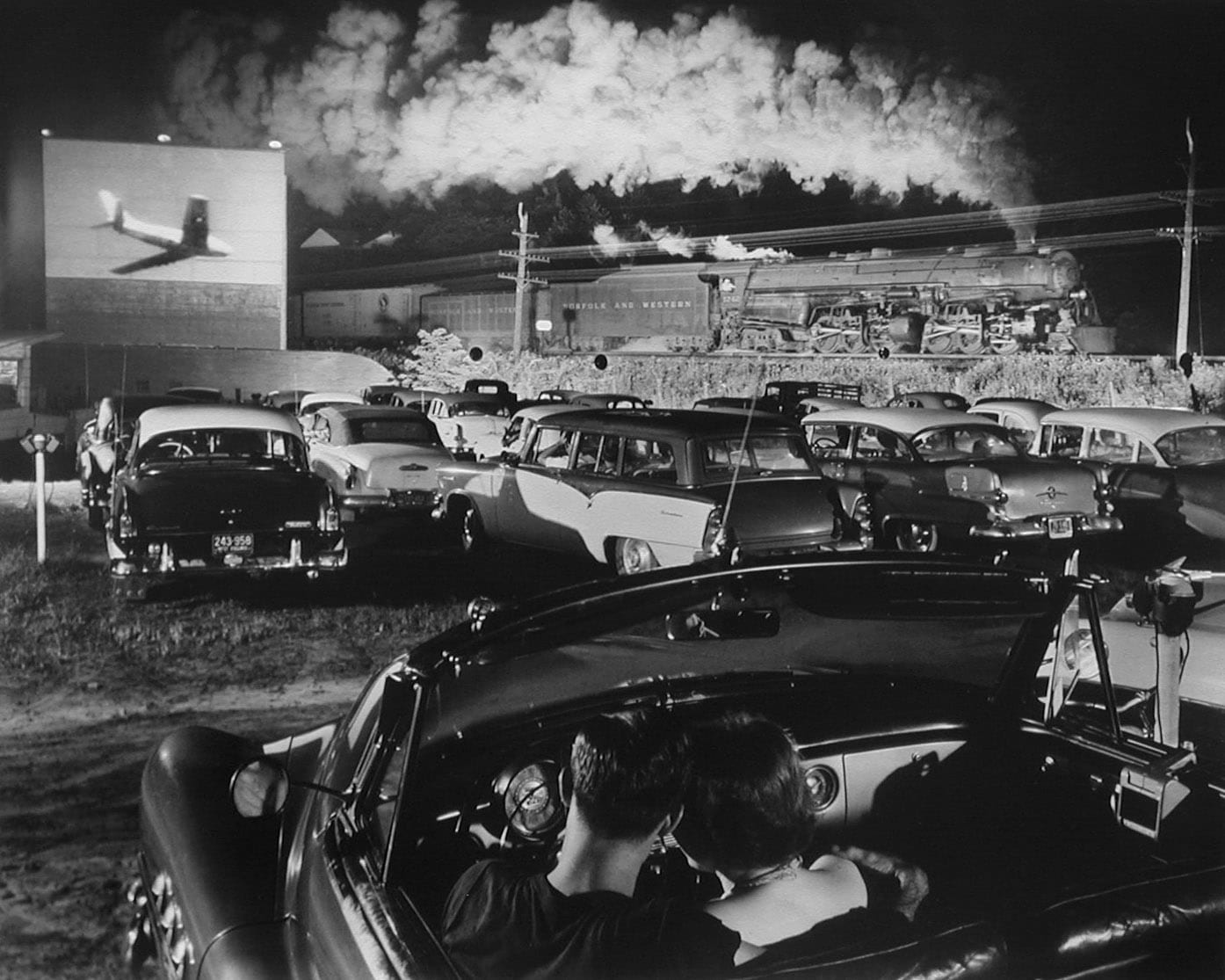“Whenever you see an exhibition here, make sure you look up first,” says François Hébel. We’re in the heart of one of the many Renaissance-era public buildings in Bologna. Frescos line the walls and ceilings, Madonnas and bambinis touching gods through partings in the clouds. The former director of Les Rencontres d’Arles has spent months in these lavish surroundings overseeing his latest venture, the second edition of the Foto/Industria Biennial of Industrial Photography.
“The city is very special,” Hébel says. “My job is to try to match the work of the photographers with places such as this, and to provide a great variety of presentation with these incredible venues.”
Hébel is artistic director of the biennial and his involvement with it is quite a coup. He has a bulging contacts book and an outstanding knowledge of contemporary photography – earned through his longstanding engagement with it – and has helped attract world- class talent. A huge projection of Canadian photographer Edward Burtynsky’s large-format Manufactured Landscapes plays out in a huge, cathedral-like hall. Kathy Ryan, photography director of The New York Times Magazine, is exhibiting her personal work for the first time.

Hébel is best known for resurrecting Les Rencontres d’Arles, which he first directed from 1986 to 1987, when he showed photographers such as Nan Goldin and Martin Parr to outrage at the time, and then again from 2002 to 2014 after a sojourn at Magnum Photos. When he rejoined, the festival was on the verge of bankruptcy – €450,000 in debt and attracting just 9000 visitors per season. Over the next 13 years he comprehensively redefined it, taking possession of the much- loved Ateliers, former work sheds for the French railway, where many of the most memorable exhibitions have taken place, and attracting private sponsors. He also increased attendance tenfold, reasserting what had become increasingly fringe as arguably the world’s most important photography festival.
But his tenure didn’t end well. He resigned when the city decided to sell the Ateliers to Maja Hoffmann, an art philanthropist of immense fortune and influence who grew up in Arles, and who Hébel had courted to become one of the festival’s main backers. In 2014 he told BJP‘s Molly Benn that she had “explained in writing, twice, that Les Rencontres d’Arles would be expelled” from her new Frank Gehry-designed Parc des Ateliers. He added that he had first suggested she buy the vast buildings to refurbish them for the festival, but that “she changed her mind and came up with the project of a contemporary art centre” instead.

Hoffmann won the public backing of the city’s Mayor, making it a power struggle Hébel was probably always going to lose, but there’s no denying his legacy as the saviour of the festival, and Arles has certainly benefited from its custom. Bologna is keen to do something similar, with local Mayor Virgilio Merola stating he hopes the festival will “illustrate the themes of industry and labour, through photography, that is such a part of the culture of the local community”.
The Seràgnoli family is an influential part of that community, and a key part of Foto/Industria. Isabella Seràgnoli, the philanthropist behind the festival and chair of the MAST Foundation, is also the president of Coesia, a holding company that controls a portfolio of multinational machinery companies. She wants to create a festival that positions Bologna as a “dynamic protagonist of worldwide photography focusing on industry and labour”.
As such, Hébel has structured the festival around the chapters of production, post-production, producers and products. “I wanted to explore the idea of seeing the world after the industrial era,” Hébel says. “Look at the work of photographers like David LaChapelle, who uses all the rejected materials of the world to recreate models of industry before photographing them.”

The exhibitions are open to the public for free, and the festival has been underwritten by Seràgnoli’s MAST Foundation – a business model Hébel has doubts about. “I don’t think this is a good idea, but it certainly is a generous one,” he says. “What you’re seeing has a price, has work behind it, has quality. I’m not for free in general. When I took over Arles 14 years ago, 3 percent of the budget was coming from the public paying to get into shows. When I left Arles, it was 40 percent.”
Even so, he’s already signed a contract for the 2017 festival which will again be sponsored by MAST. “It’s a young festival, it’s inventing itself as we talk,” Hébel says, and it’s clear he hopes it will match what he had at Arles. “Arles had to invent itself twice; going through that is something I’ve always embraced in my career,” he says. “I redesigned Arles totally and, in a similar way, this one has to be invented. The vision Isabella Seràgnoli had was that the domain of photography and its relationship to companies was untouched. She was right, and so we have enlarged this idea from the office to broader industry. I think that was the filter for the genre.
“There are various ways to look at production and work and the relationship of people and work, and this is certainly a political and a business goal, which is to show people in the world of work what can be done with photography,” he continues. “If all these people can come to Bologna [and] they can use this kind of photographer for their company, they will assimilate the genre. This is not just a cultural event about photography, but a political act.”
More information about the festival is available here.
